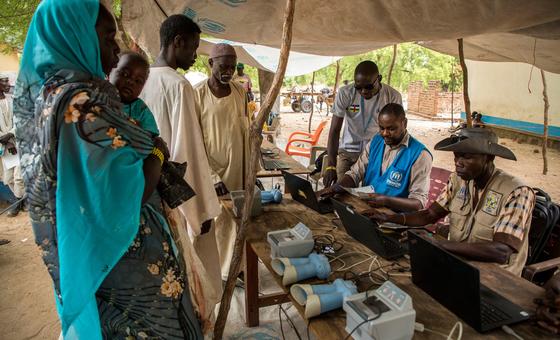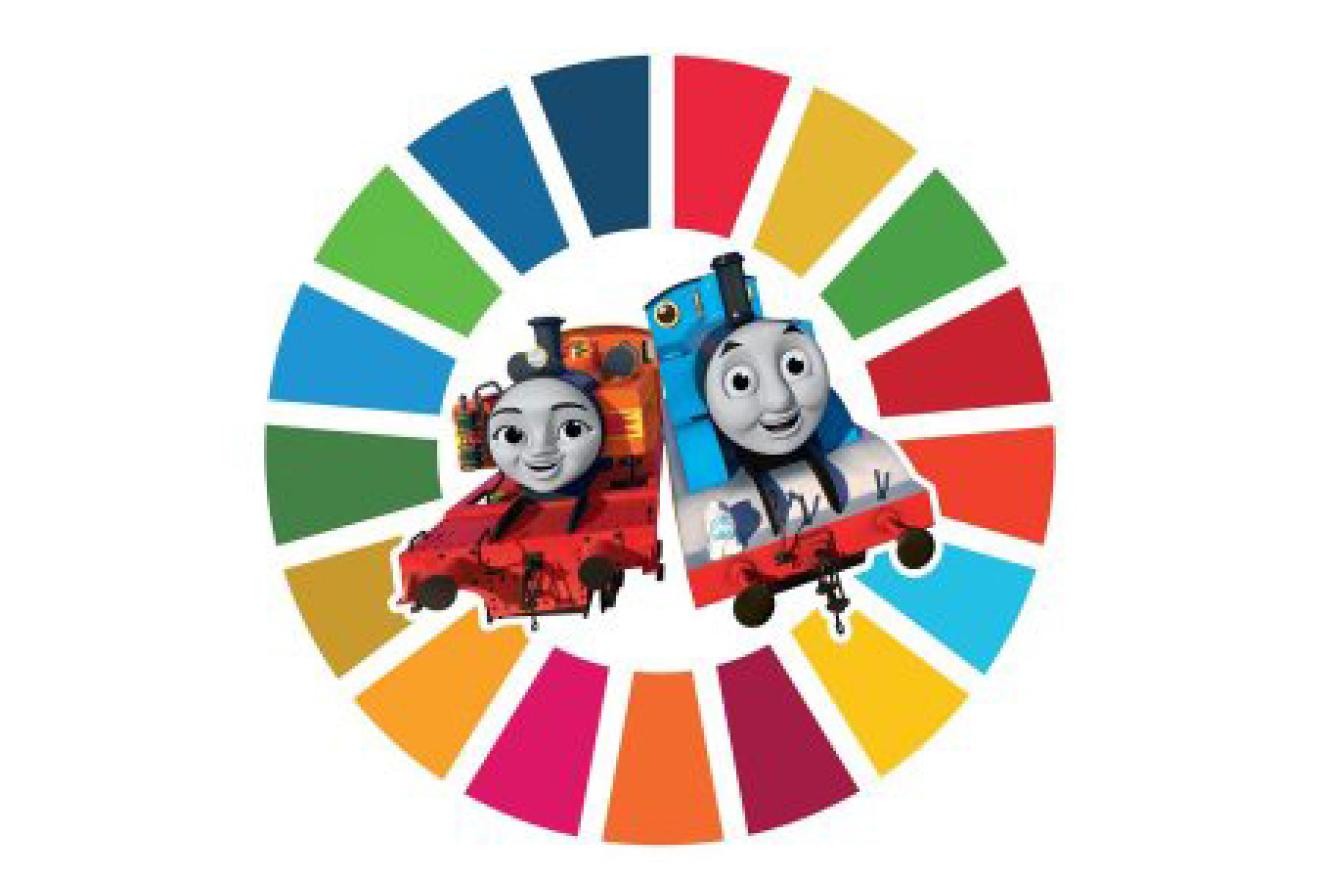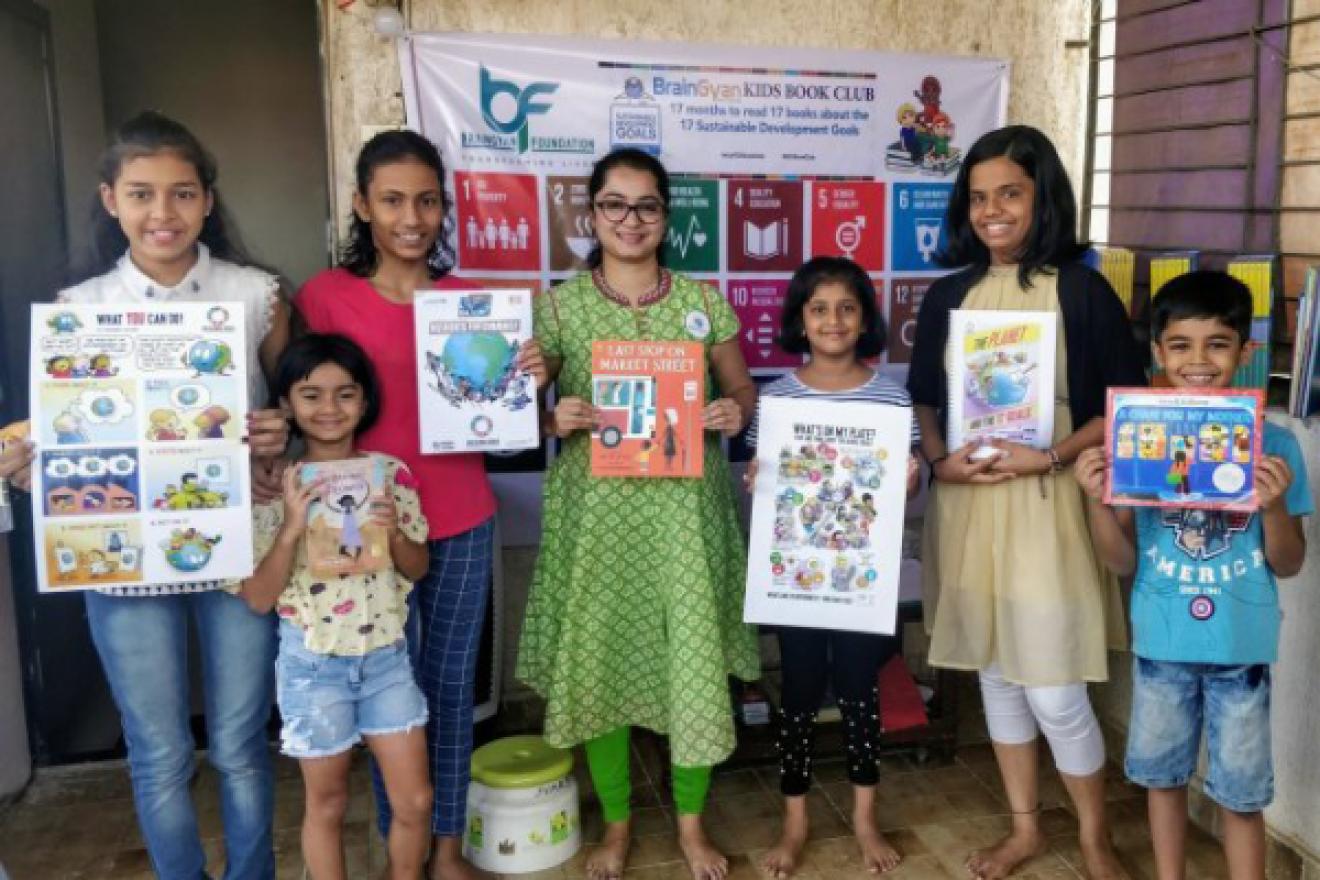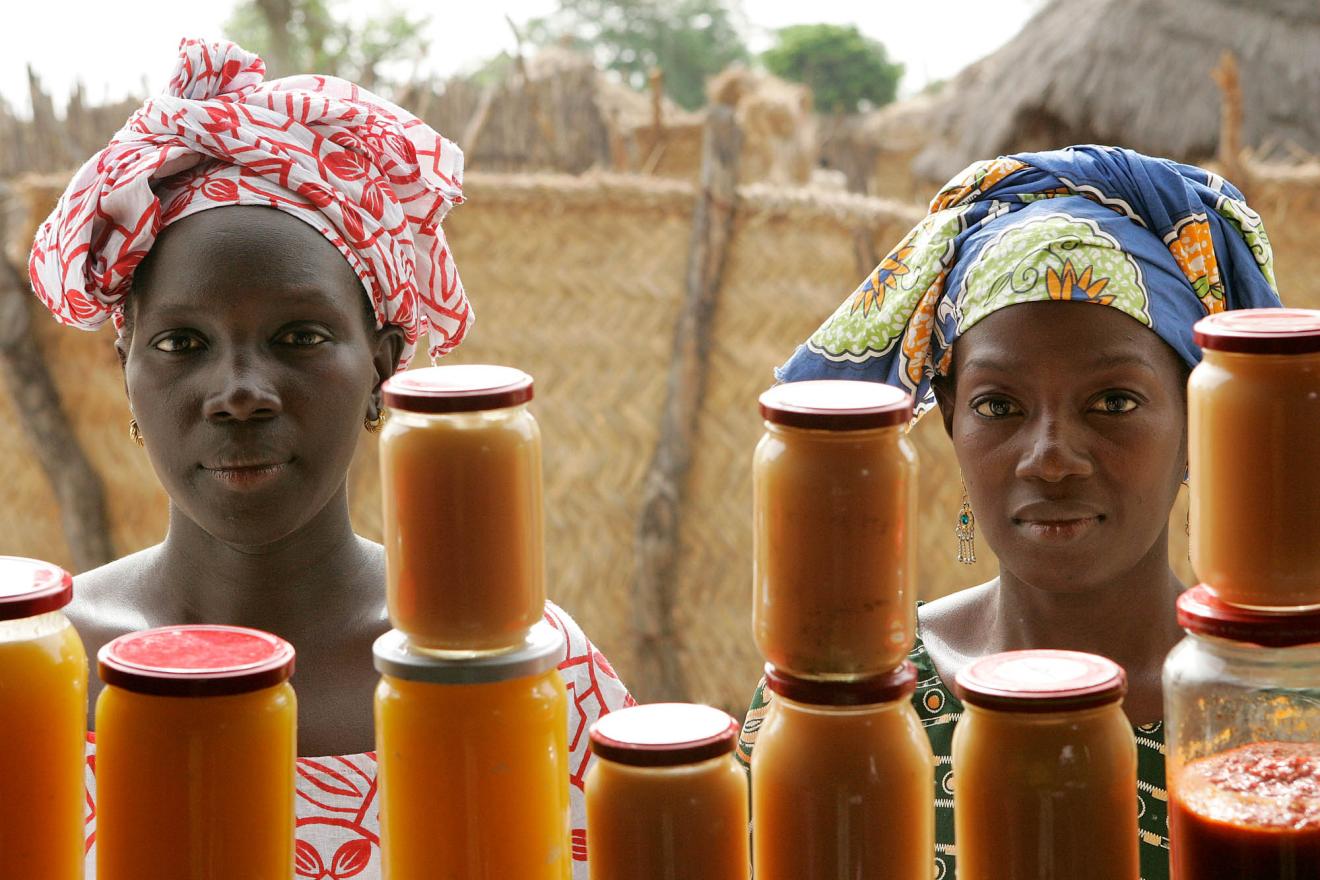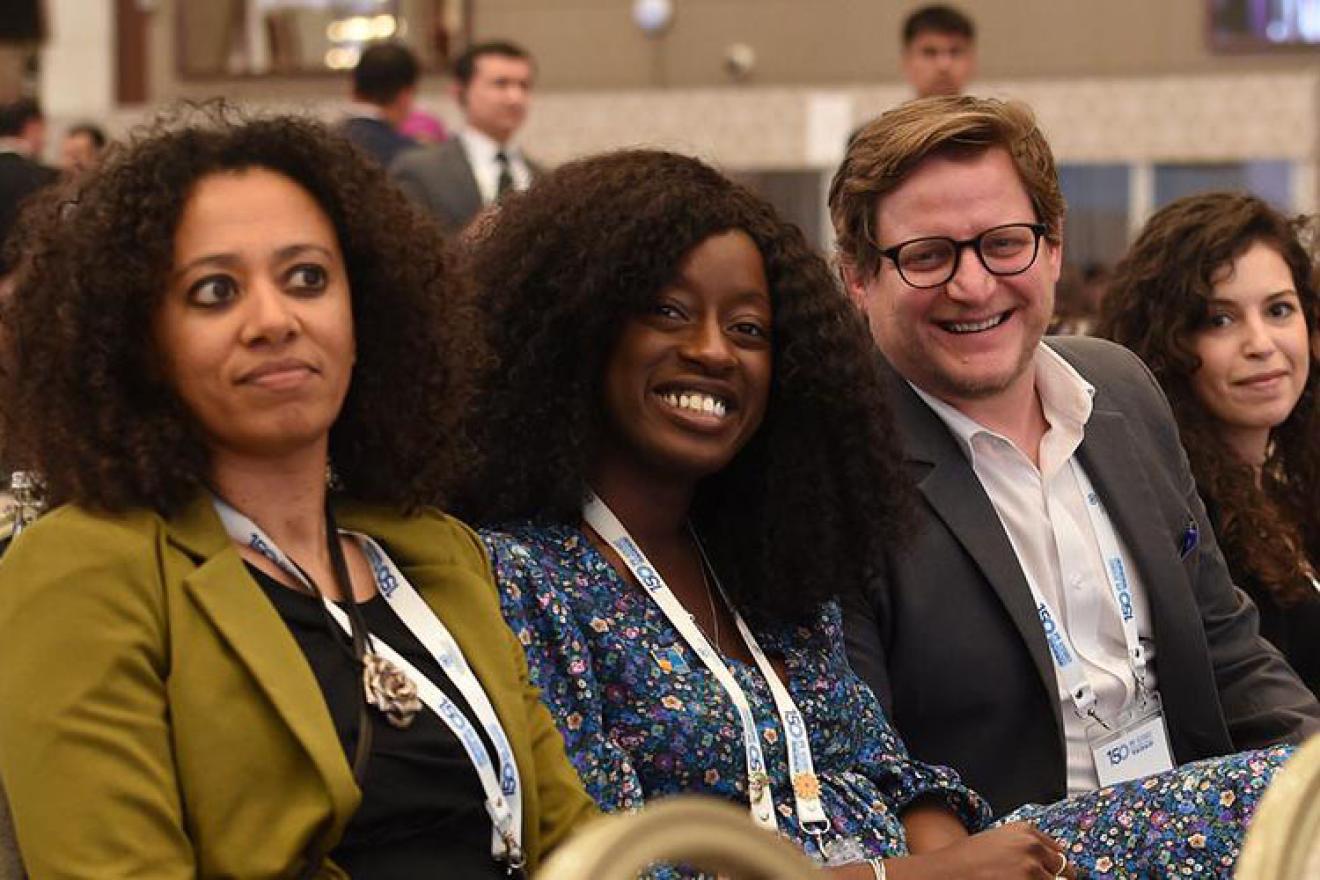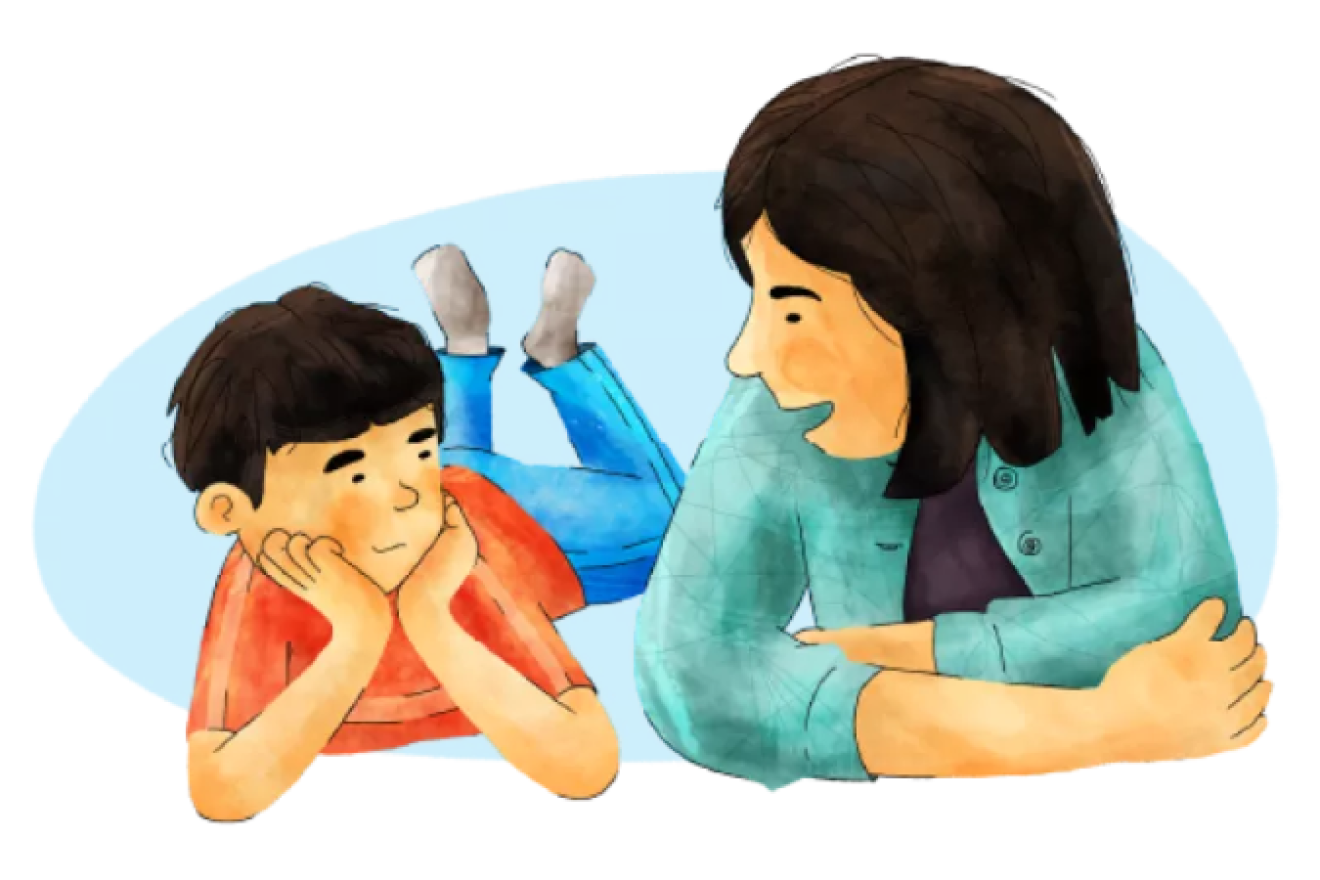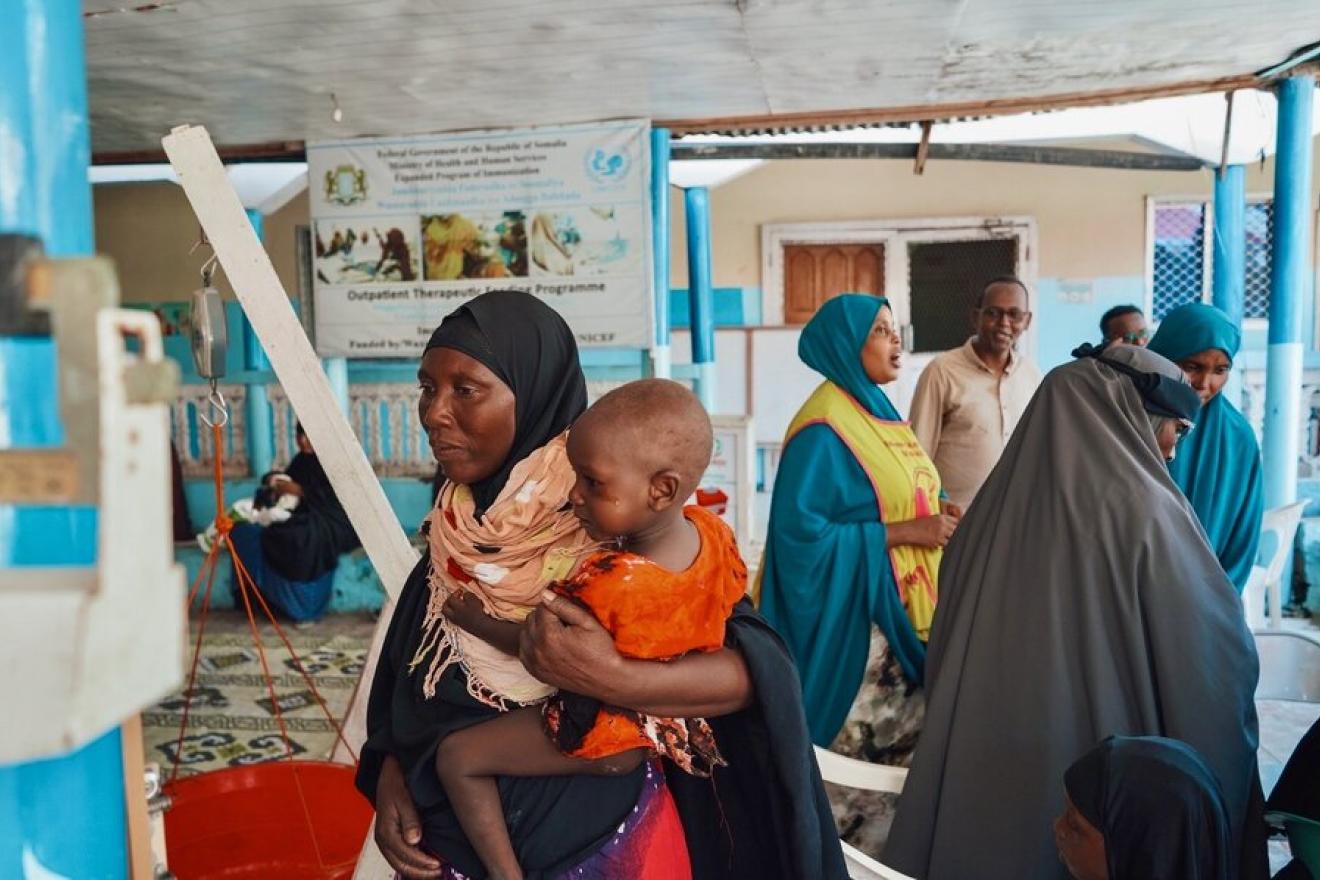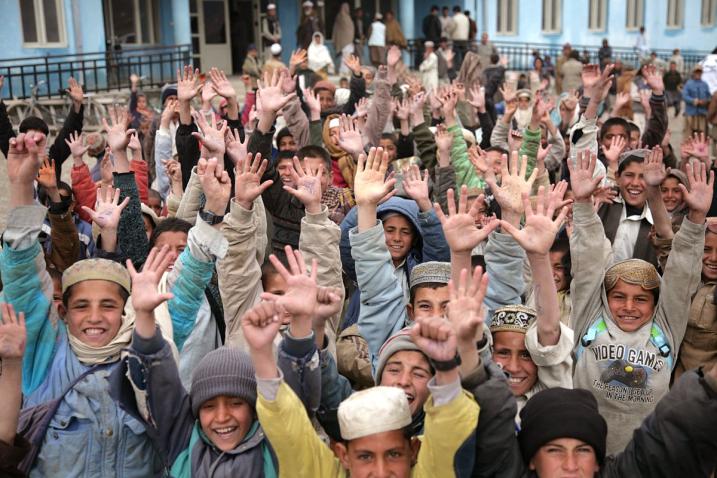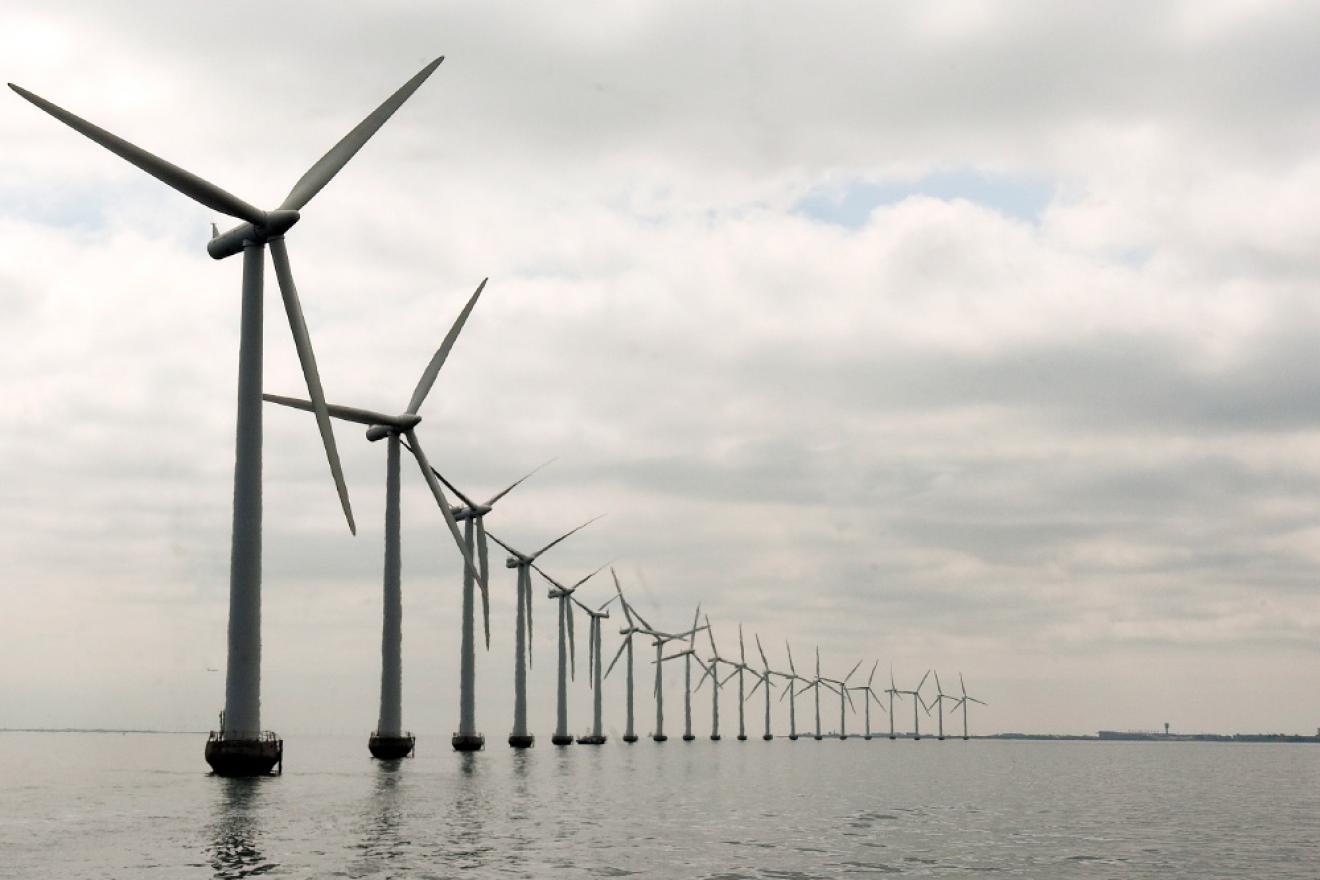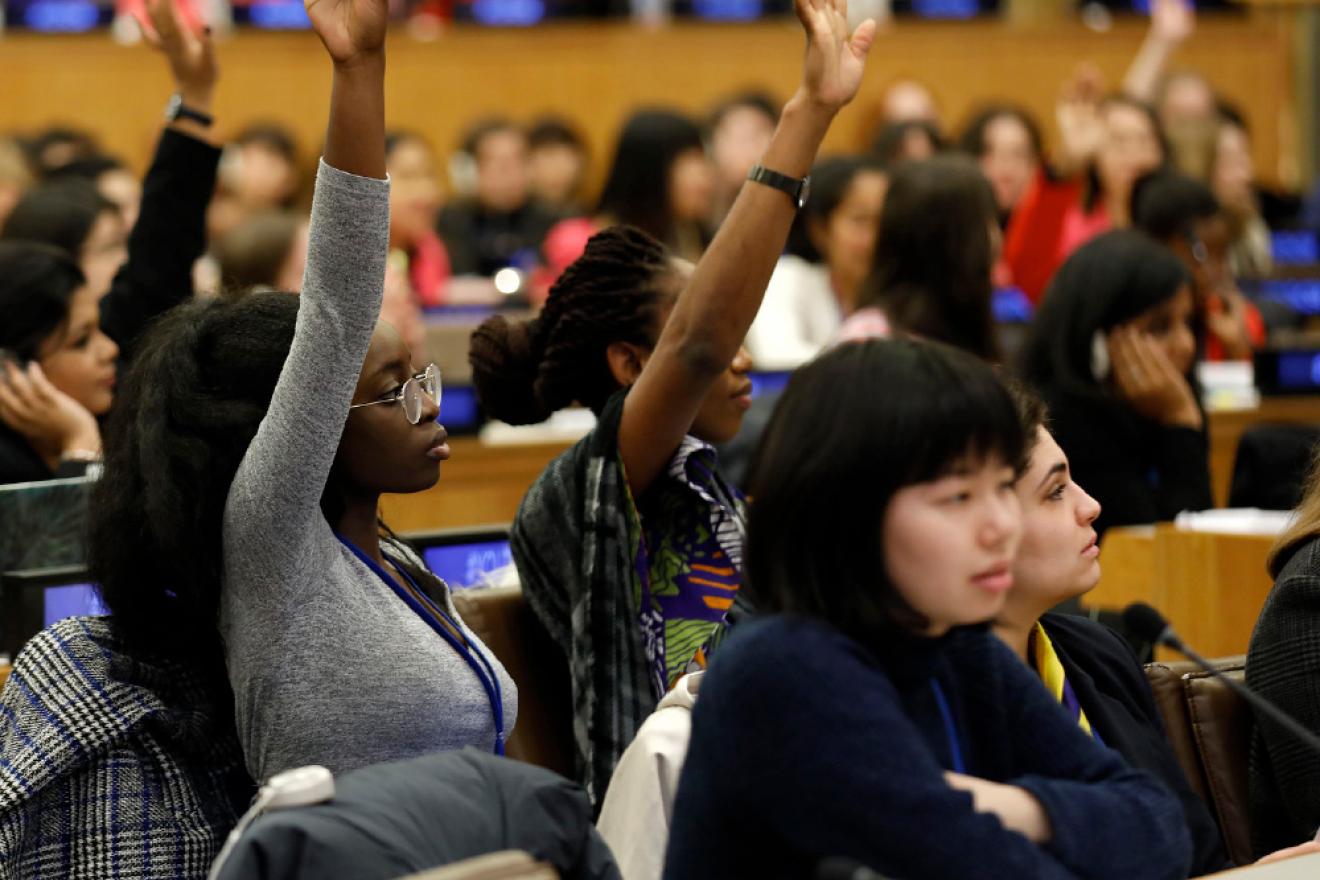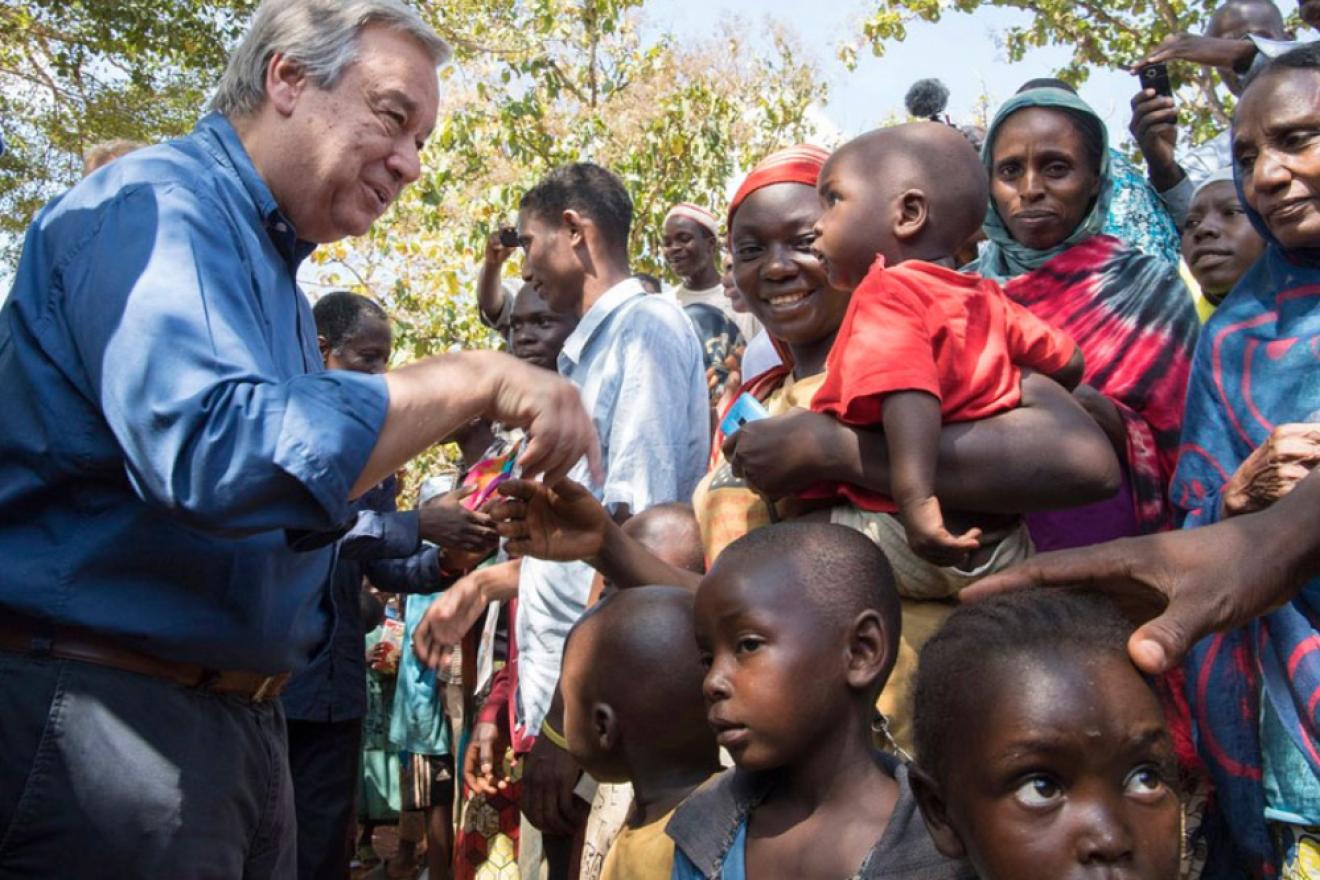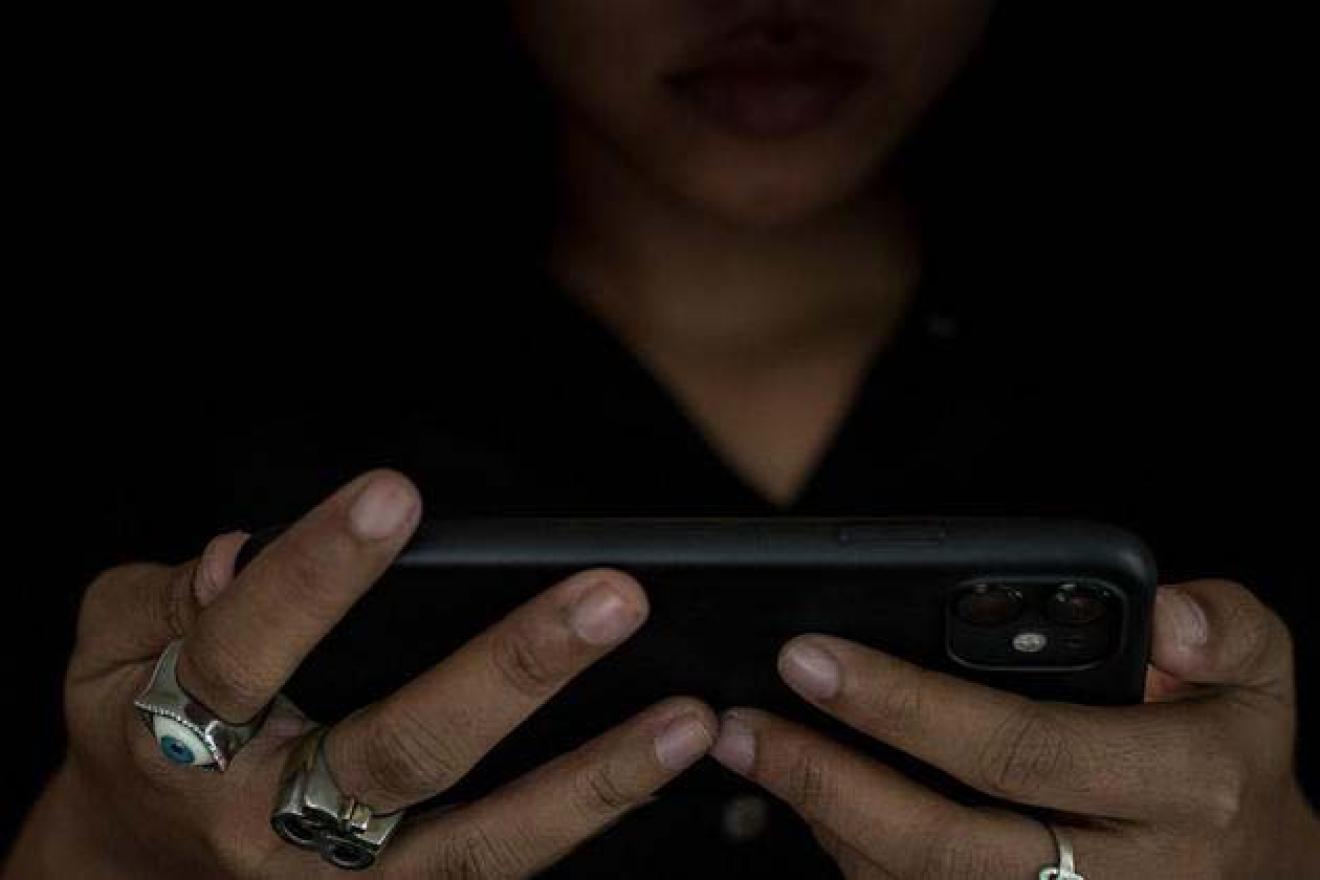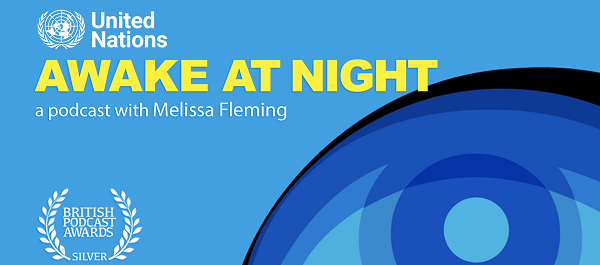ActNow is the UN campaign to inspire people to act for the Sustainable Development Goals (SDGs). In the lead up to the Summit of the Future, join the 1 Million Actions for our Common Future challenge to contribute to a more sustainable and peaceful world. Find new inspiring actions on the app and at un.org/actnow.
Transforming Global Finance for Sustainable Development
Government leaders, together with international and regional organizations, financial and trade institutions, businesses and civil society have come together at the highest level to foster stronger international cooperation at the Fourth International Conference on Financing for Development (FFD4) in Seville, Spain. The four day conference offers a unique opportunity to reform financing at all levels — including advancing reform of the international financial architecture and addressing financing challenges that hinder the urgently needed investment push for the Sustainable Development Goals (SDGs).


